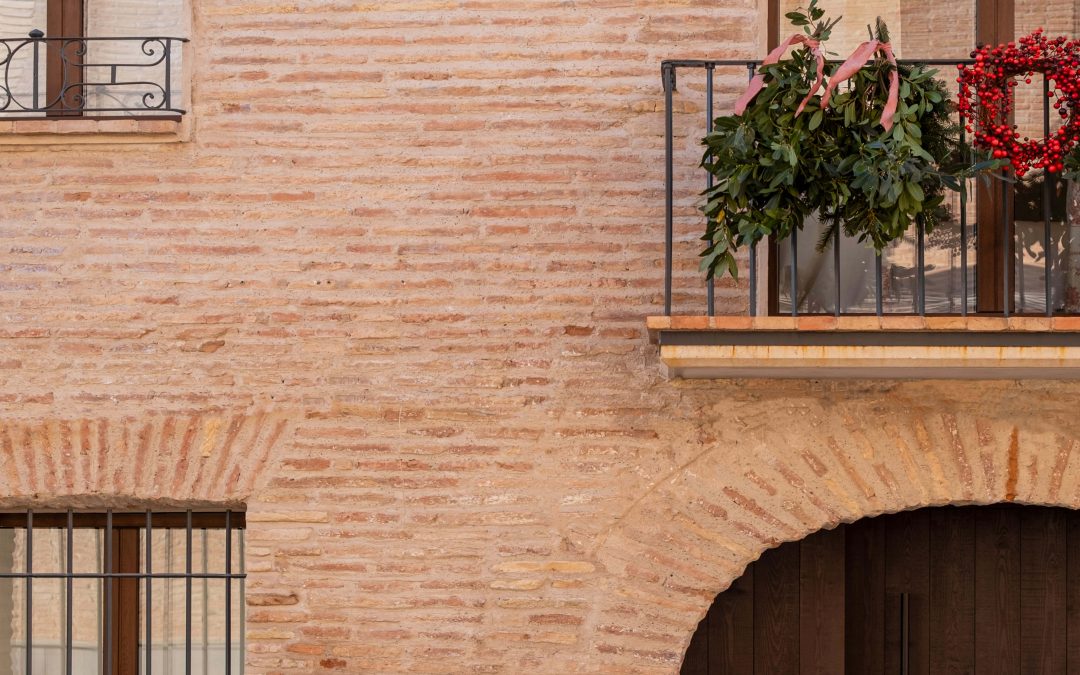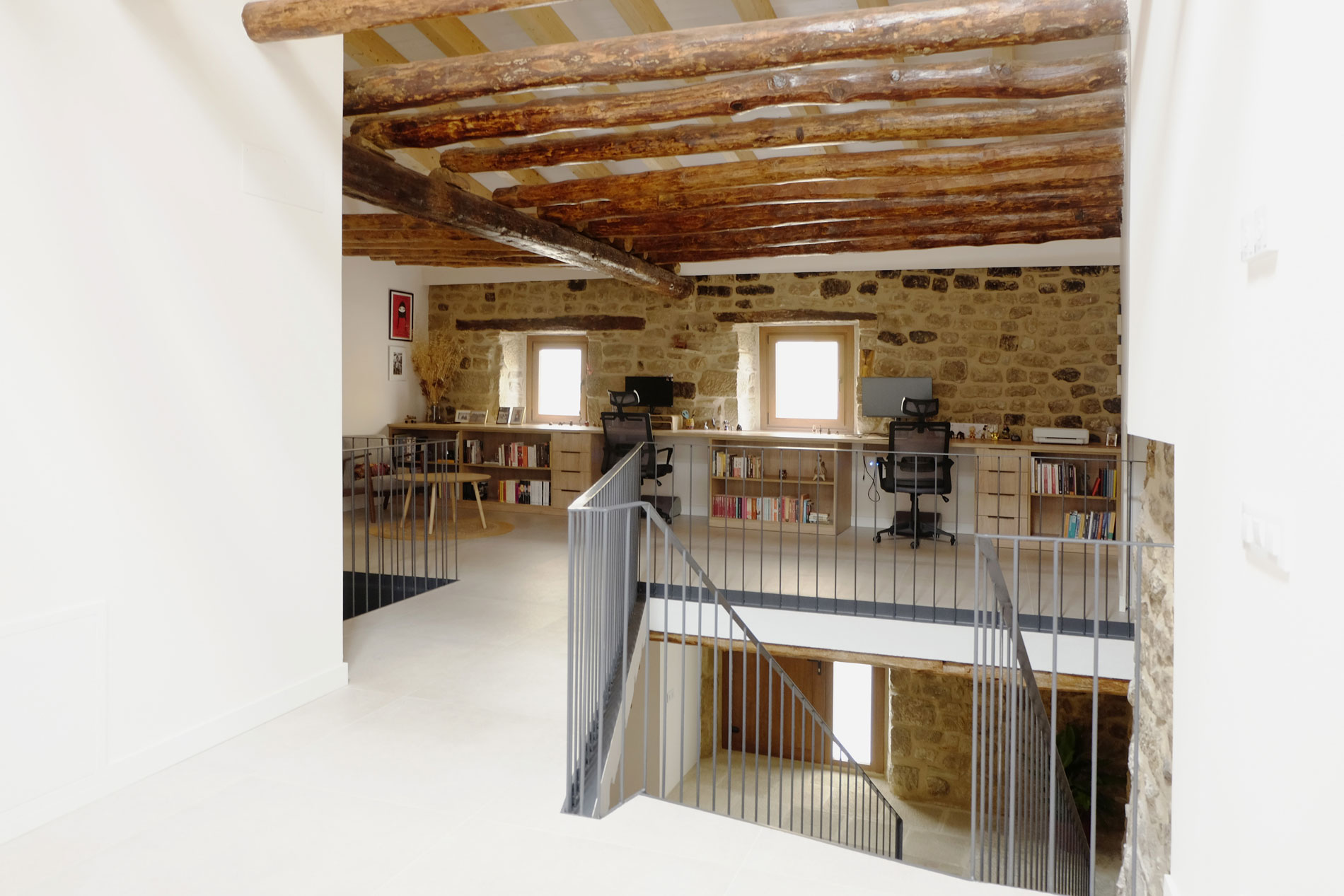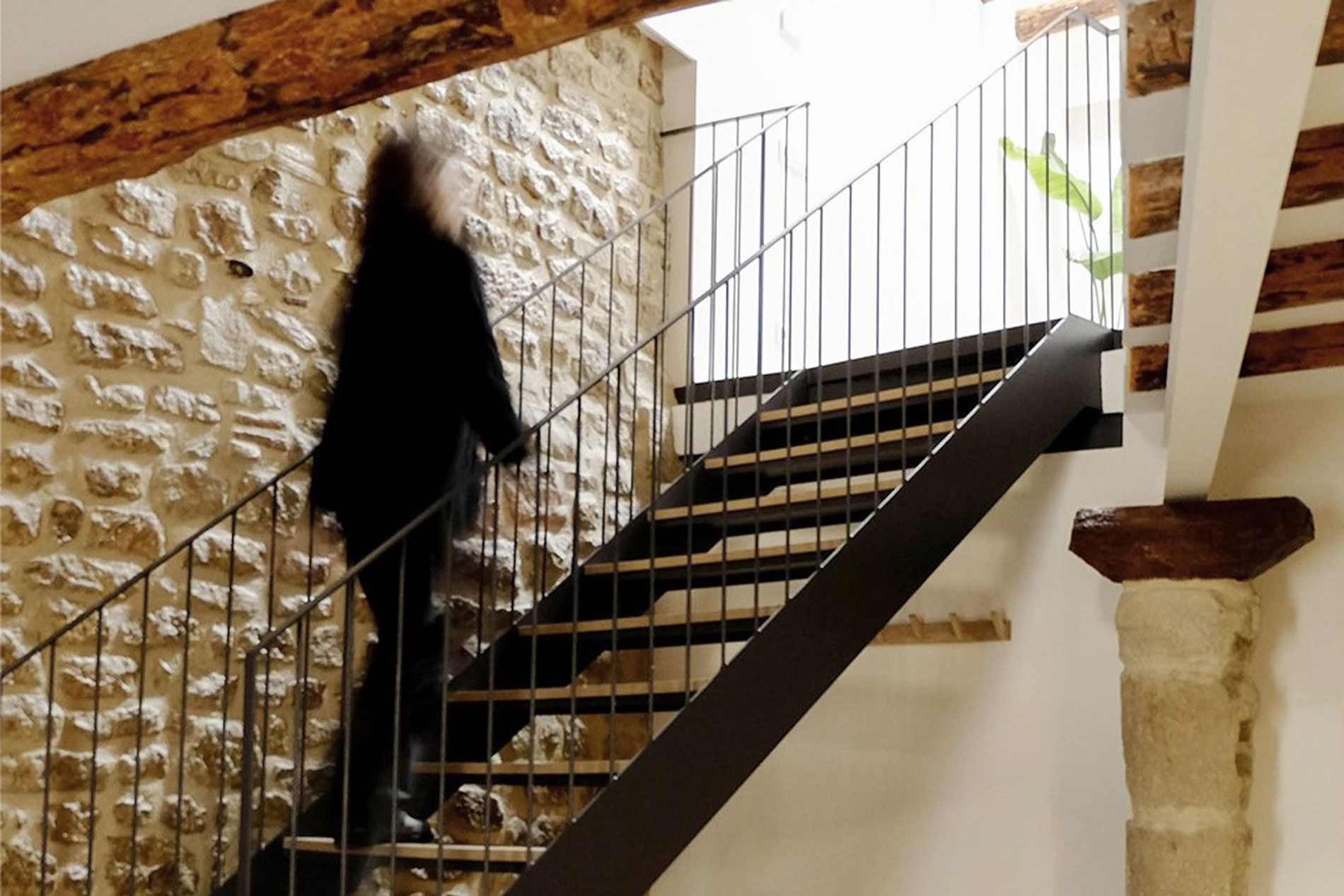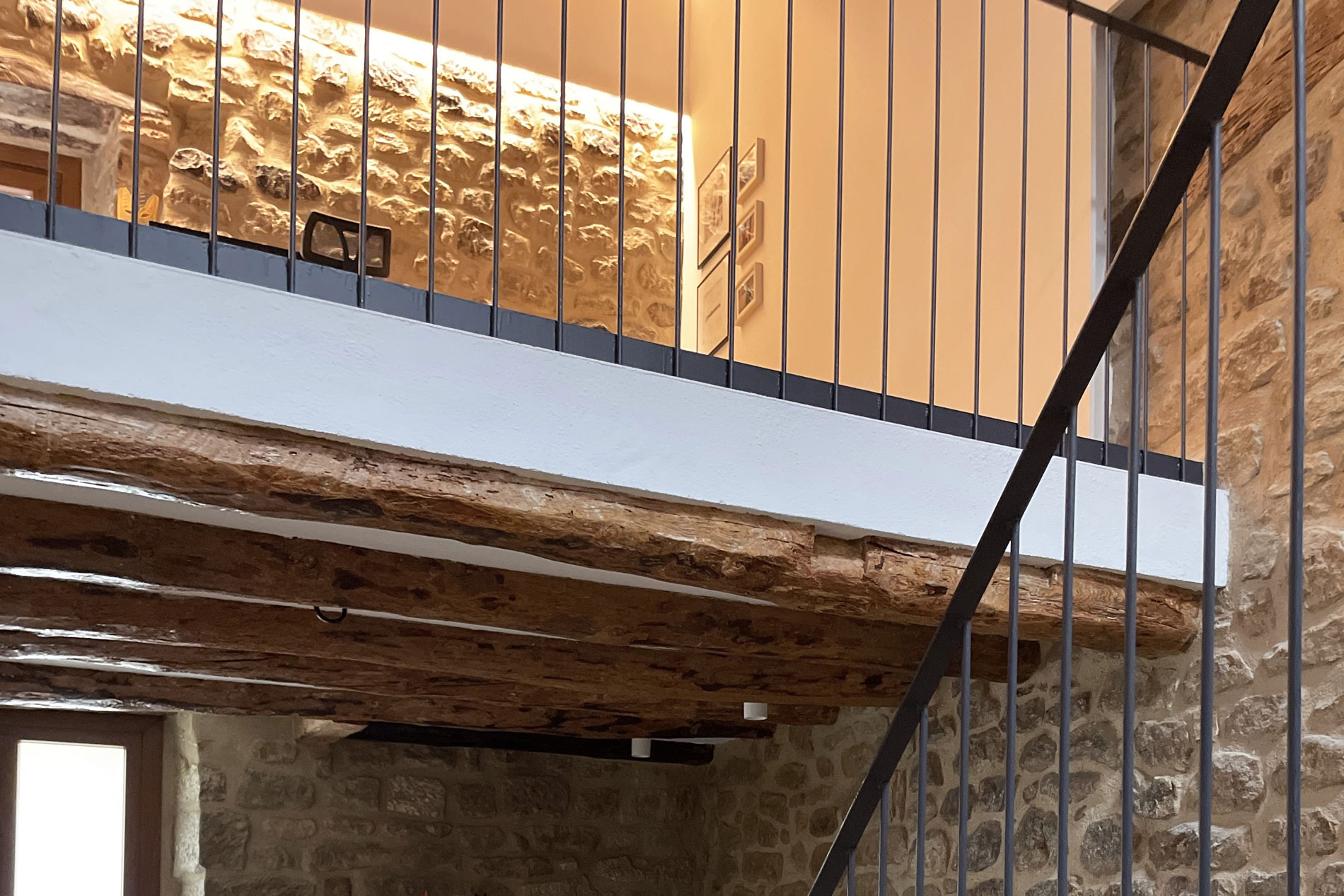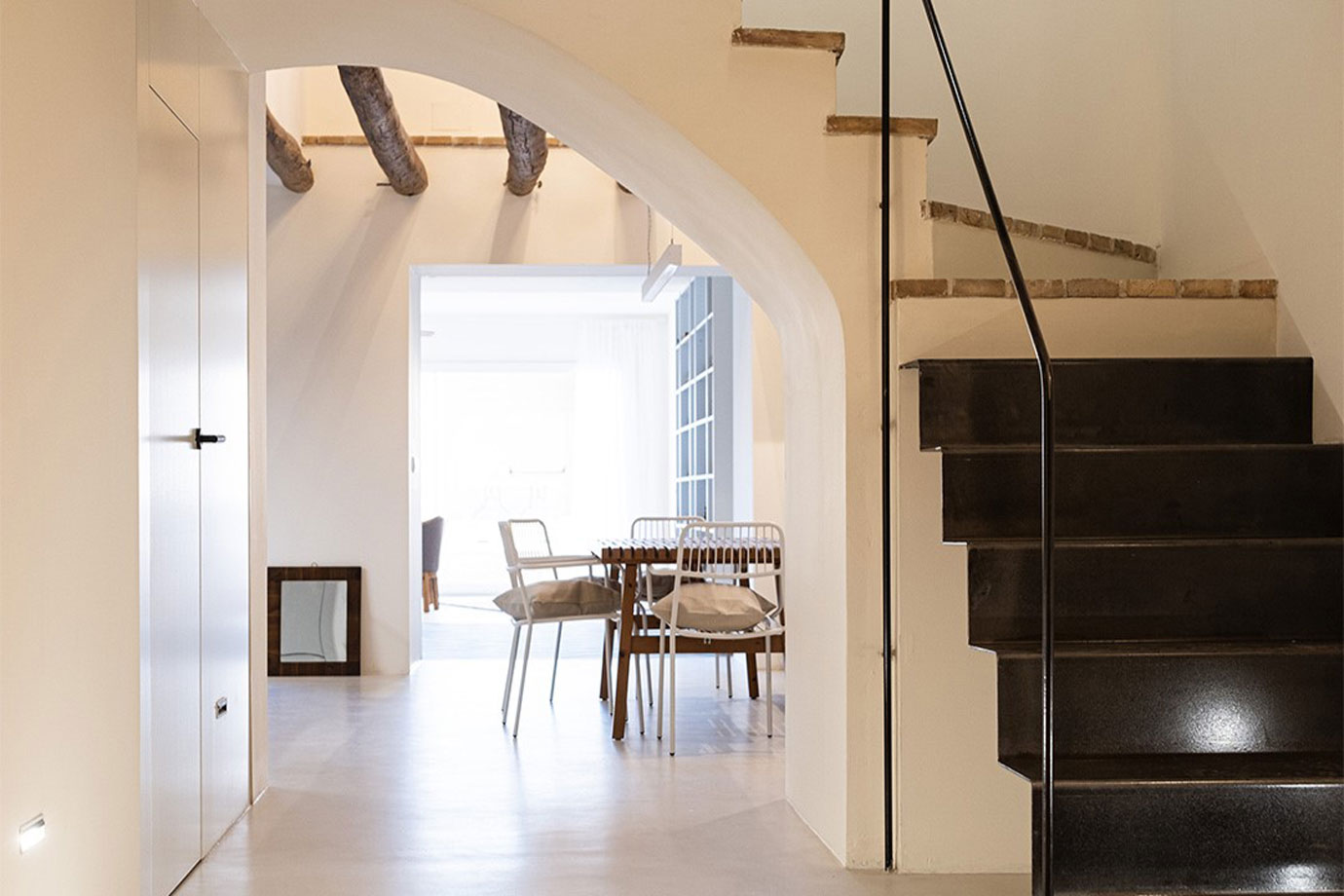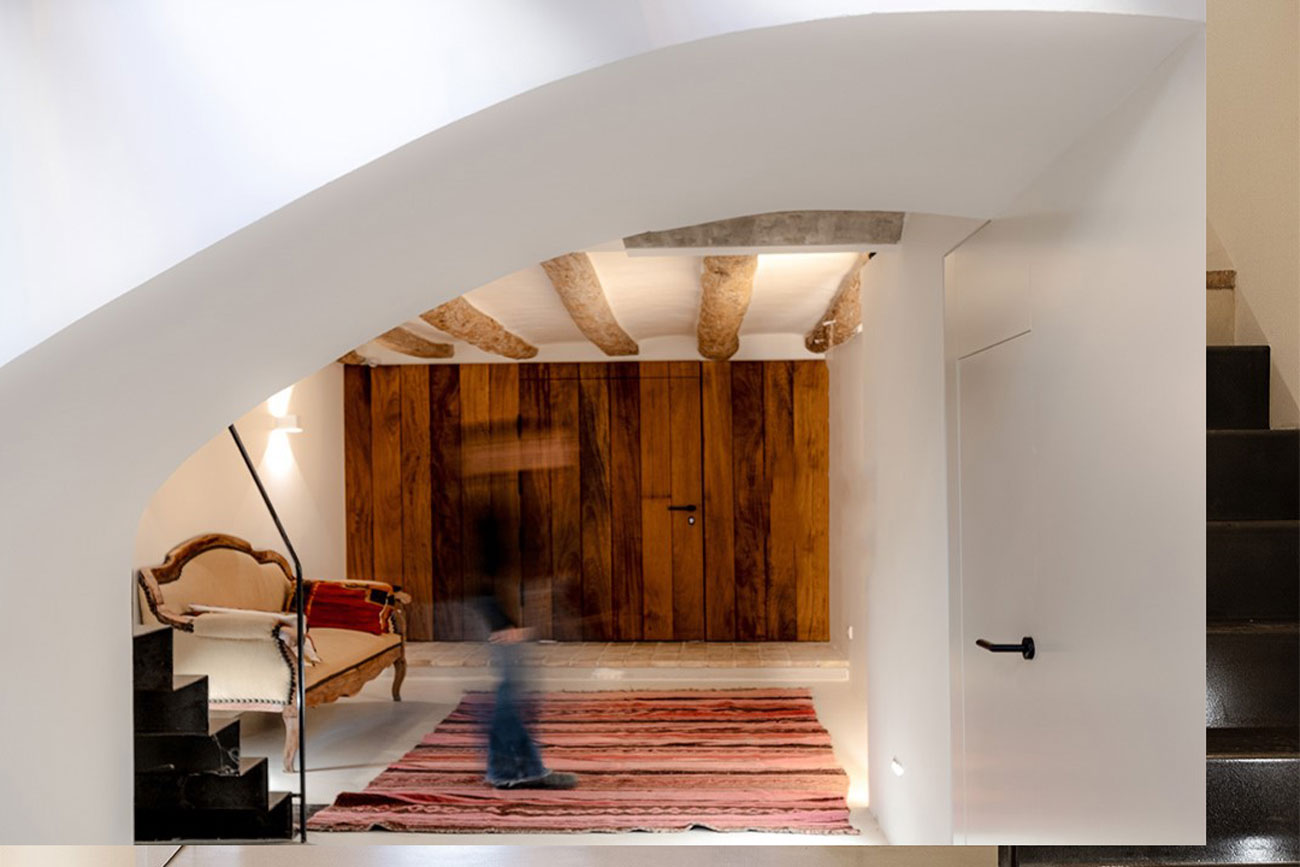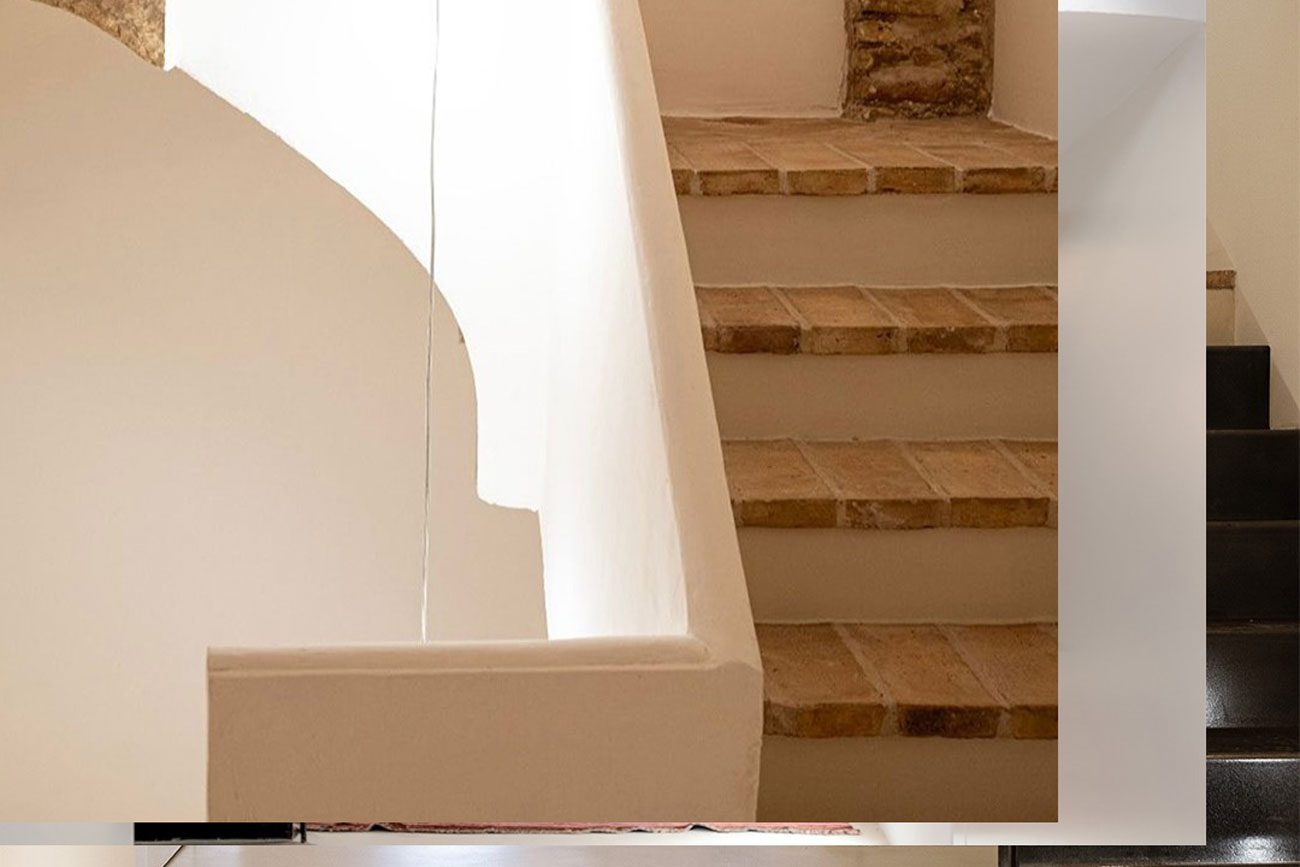In recent years, something has quietly but persistently begun to change: more and more people – especially young people – are leaving the big cities. This is not a mass exodus, but a sustained movement that is reshaping the way we understand housing, work and life itself. The pandemic has accelerated a process that was already underway: the desire to live with less noise, less haste and more contact with the essentials. Today, thanks to telecommuting and a growing ecological and emotional awareness, life in towns or rural areas is no longer perceived as a renunciation, but as a meaningful choice.
1. Why are we leaving the cities?
The city, which for decades symbolized progress and opportunity, is beginning to lose its appeal for many. Some of the most common reasons for this flight are:
- High cost of living, especially in housing.
- Long and unreasonable working hours.
- Pollution, noise and lack of contact with nature.
- Feeling of isolation, despite living surrounded by people.
- Search for quality time and emotional well-being.
Faced with this model, rural life appears as a viable and desirable alternative: more peaceful, more sustainable, more humane.
Teleworking: the best ally of rural repopulation in Spain.
The ability to work from anywhere has been key to this shift. What was once unthinkable is now part of the daily life of many professionals.
- It doesn’t matter where the office is, if the work is done remotely.
- Reduced travel time.
- You gain flexibility in organizing your daily life.
- New residential options are opening up away from the major cities.
This has caused many to reconsider where and how they want to live. A small town, with good internet connection, may be more attractive than an apartment in the center of a city for many.
3. Digital nomads: rooted freedom
Digital nomads are not tourists with laptops. They are people who choose their place of residence according to their lifestyle. They have in common certain criteria that make them choose this way of living:
- Tranquility and natural beauty.
- Community, without the anonymity of the big city.
- Housing adapted to teleworking: comfortable spaces, natural light, silence.
- Lower cost of living without loss of quality.
Some move frequently; others decide to settle down for the long term. In both cases, they need spaces designed for flexible living.
4. Architecture and repopulation: building the future from rural roots.
The challenge for architecture is clear: to create spaces that respond to this new way of living.
- Houses that respect the environment and the constructive tradition of the place.
- Use of natural, durable materials that connect with the landscape.
- Hybrid space design: living and working in the same place, without overlapping.
- Sustainability not as an add-on, but as the basis of the project.
- Time as a criterion: dwellings that do not expire, but mature with those who live in them.
5. Chronotopes: Architecture for Digital Nomads
In Cronotopos we are committed to an architecture that promotes repopulation, working from the respect for the existing and adapting to current lifestyles. Our projects in the rural environment are based on:
- Listen to the place: we understand its history, landscape and rhythm.
- Recovering what has been built: we rehabilitate rather than replace.
- Use natural materials: consistent with the environment and durable.
- Designing for today: telecommuting, efficiency, flexibility.
- Creating a home: warm spaces that invite you to stay.
We have been working for years in small villages, where each project starts from an attentive listening to the landscape, the history and the materials of the place. Stone, clay, wood… not only for their aesthetic or sustainable value, but for their ability to evoke, to connect with memory and to build spaces that breathe naturally.

